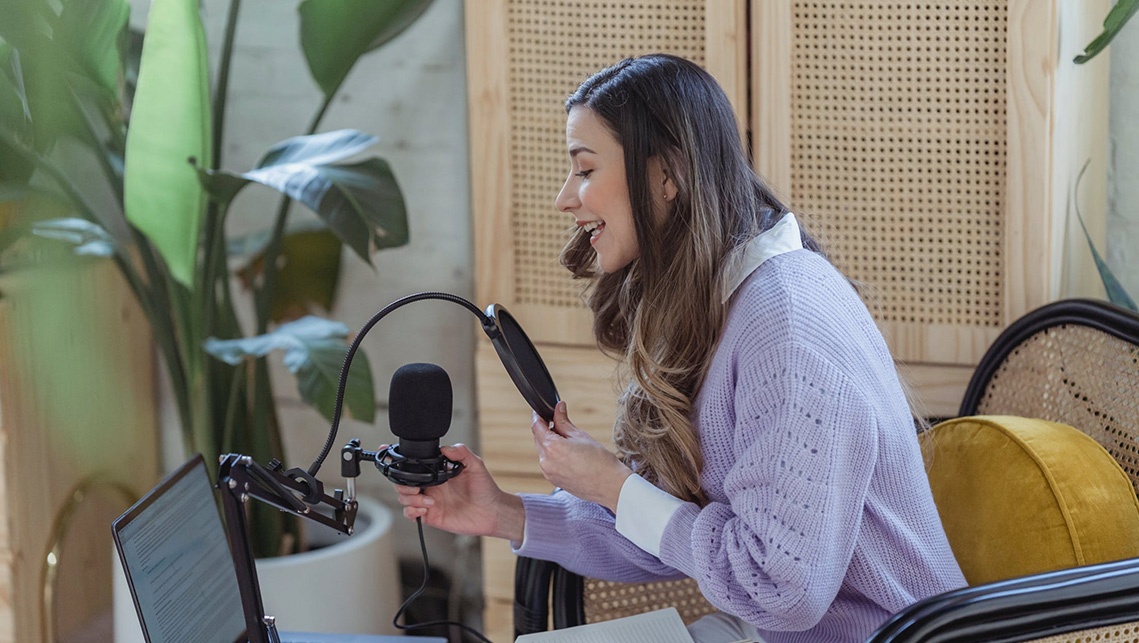They are called green warriors. They are science communicators, journalists, students, activists. They teach their followers about sustainability and provide advice on how to reduce our environmental impact. Influencers and social media are an excellent asset to start a radical change in society. Research from Sec Newgarte showed that in 2020 posts with sustainability-themed hashtags have grown by 40% and only 1% of them were promoted posts.
Social media’s most famous green influencers

She hosted Pianeta Mare, a show aired from 2003 to 2017 on Mediaset channels, and published a book titled “100 Green Jobs per trovare lavoro. Guida alle professioni sicure, circolari e sostenibili” (“100 Green Jobs to find a job. A guide to safe, circular and sustainable professions”). Because of all that, Tessa Gelisio became a relevant figure in this area. She’s an environmentalist, founder of Ecoblogger and president of forPlanetOnlus. “If it’s crucial to use recyclable objects, it’s even more important to avoid the creation of new waste. Few materials can be recycled over and over and every time they get “regenerated” they have an environmental impact that can be avoided”, she stated in an interview for IO Donna.

Meanwhile, one of the influencers who gained their popularity on Instagram is Carlotta Perego, better known as Cucina Botanica. She shares her easy and plant-based recipes on her feed to help her followers cook healthier and tasty dishes. “Just like nature, vegan cuisine is an amazing and fascinating world, with a lot yet to discover. Its finiteness is actually a big creative advantage: it pushes you forward to different and new roads”, her website reads.

Stella Bellomo, green blogger and content creator, talks about healthy, easy and veg recipes too. She teaches her followers how to live in a green and sustainable way. “To live in a healthy way is a path to awareness that brings us closer to nature, to the genuineness of life, and that can help us get rid of what’s unnecessary and feel better in every way”, she told IO Donna.

Vegans don’t actually give up anything, they just change their eating habits. It doesn’t take a complete revolution, just small changes that result in a new lifestyle. Just like Giulia Innocenzi, journalist and animal rights activist now working on Le Iene, did.

Mariasole Bianco, marine biologist and science communicator, talks instead about the sea and its conservation. She belongs to IUCN’s (International Union for Conservation of Nature) World Commission on Protected Areas and is co-founder and president of Worldrise, an association working for the preservation of marine environment through creative projects aimed at raising awareness and promoting individual change, a reconnection to nature and the formation of future keepers of the natural riches in the Mediterranean.

And what about Teresa Agovino? She works as environmental engineer and sustainable tourism advisor while moonlighting as an advocate for sustainability. Her mission is to inspire others towards change and to use her knowledge to have a positive impact on the planet and on local communities. “It may come across as utopian or too ambitious but I cannot think of my life in any other way”, she wrote on her website.

Carotilla (aka Camilla Mendini) is a graphic and fashion designer who founded Amorilla, a clothing brand based on sustainability. Instead of the usual collections, the brand offers handmade clothing “love stories”, with a particular attention on the use of sustainable fabrics and natural dyes. In 2020 she won the title of Top Green Influencer according to the ranking made by Osservatorio Alkemy - Il Sole 24 Ore.

“We have to take an all-round approach to the word sustainable. It can’t just involve the environment, it has to be about human rights, inclusivity, economy. When we buy a 9,99€ t-shirt, it feels cheap to us. But the real price is being paid by someone else: the workers and the environment”, 26-year-old Federica Gasbarro, spokesperson for Fridays for Future a Cop 26, told in an interview for IO Donna.
Green influencers are therefore a model to look up at, not only to live in a sustainable way, but also to find information outside of the traditional communication channels and to develop awareness on what’s actually sustainable and what isn’t.







